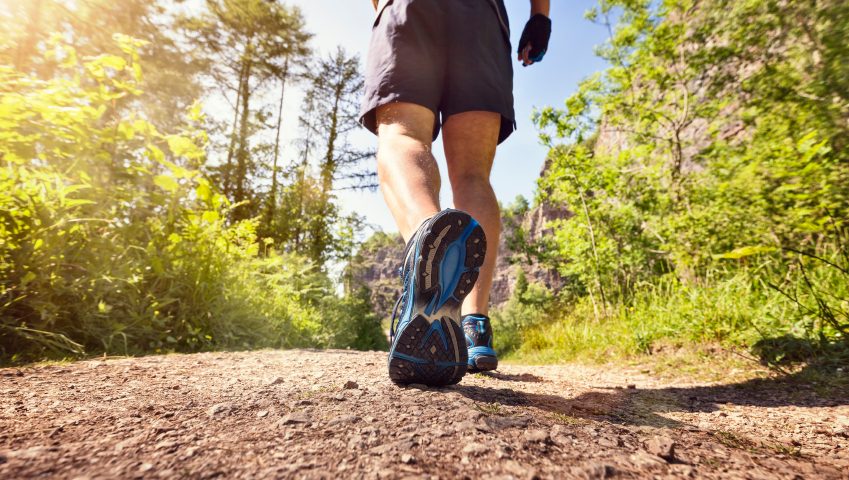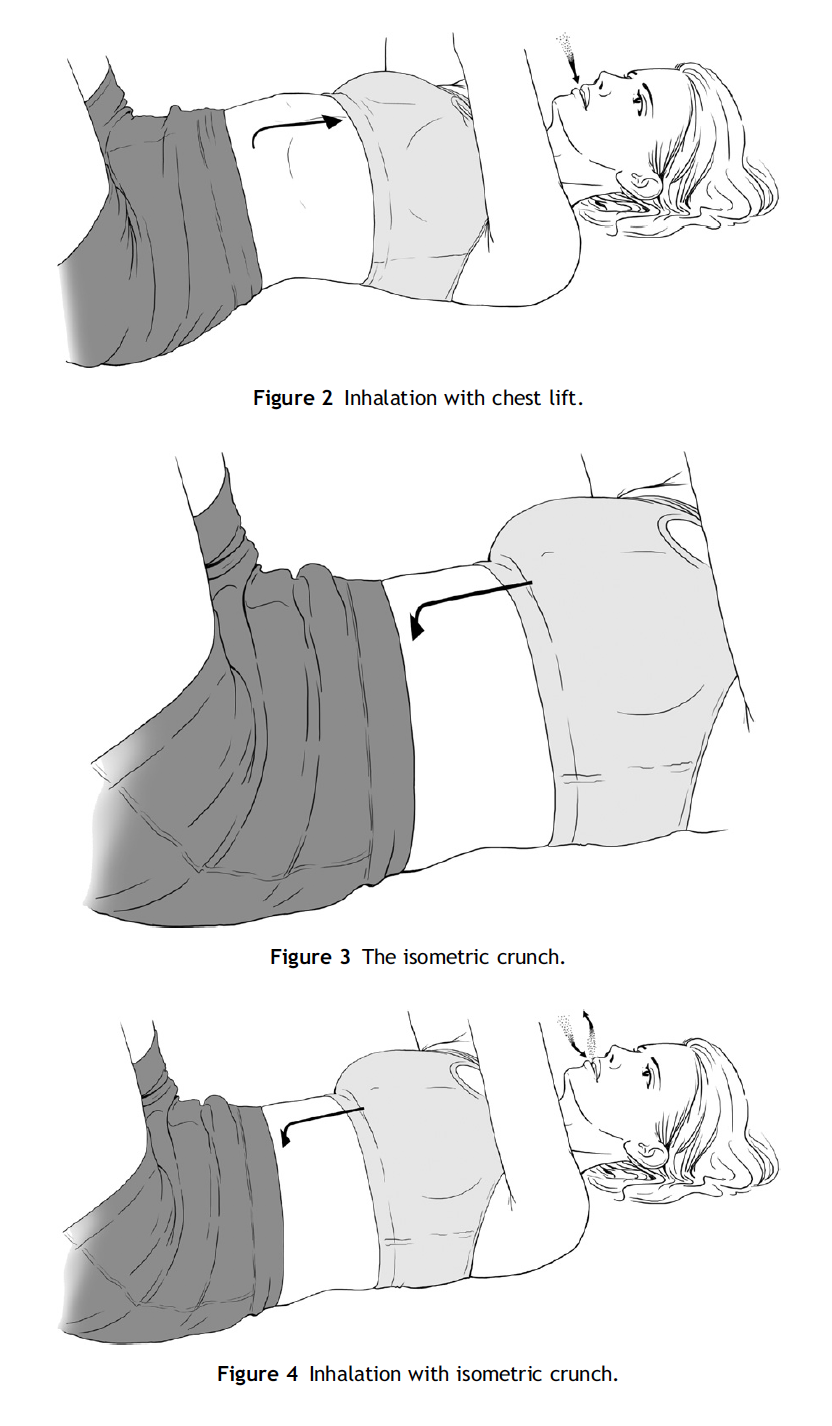
Learning how to brace (PART I)
April 7, 2019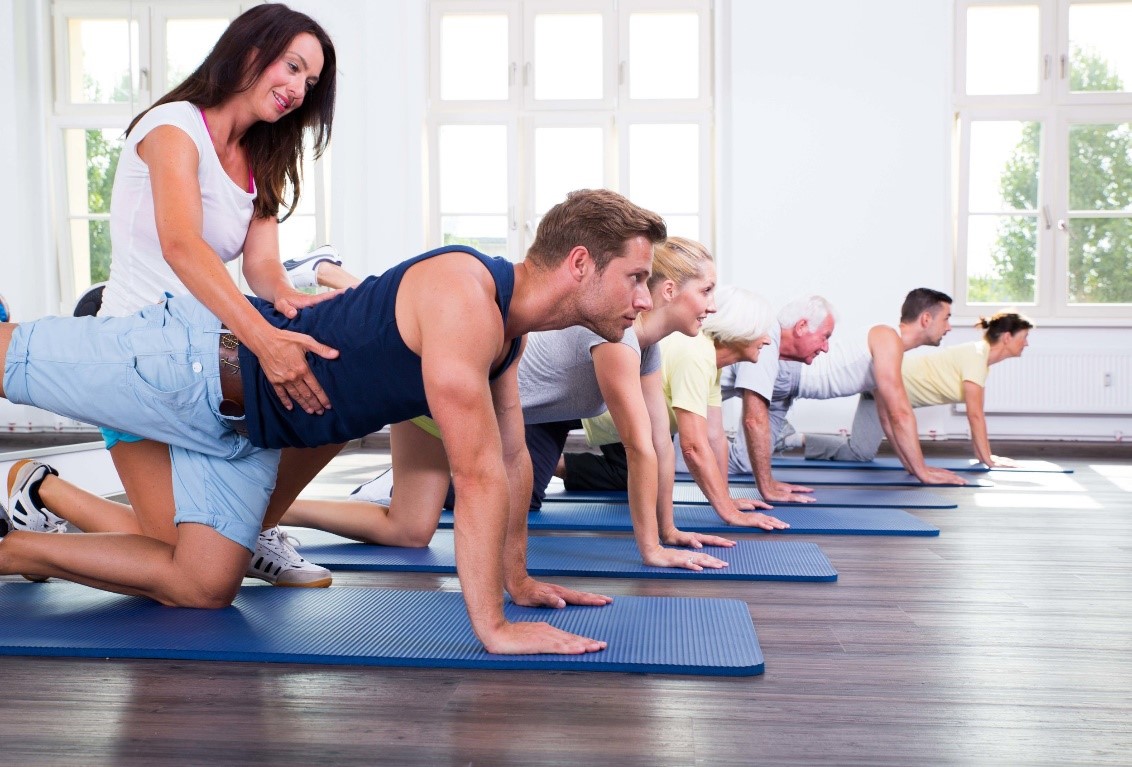
Clinical Pilates
April 21, 2019Benefits of Daily Walking Routines
Walking is a great way to improve or maintain your overall health. Depending upon injury or health issues it’s a simple thing that can greatly benefit health and recovery. Just 30 minutes every day can increase cardiovascular fitness, strengthen bones, reduce excess body fat, and boost muscle power and endurance. It can also reduce your risk of developing conditions such as heart disease, type 2 diabetes, osteoporosis and some cancers. 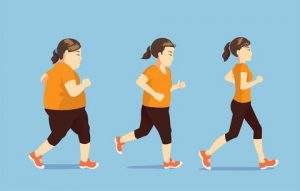
Unlike some other forms of exercise, walking is free and doesn’t require any special equipment or training. Walking for fun and fitness isn’t limited to strolling by yourself around local neighbourhood streets. You can make it a social aspect of your day by walking with friends or joining walking groups.
Physical activity does not have to be vigorous or done for long periods in order to improve your health. Walking is low impact, requires minimal equipment, can be done at any time of day and can be performed at your own pace.
You can get out and walk without worrying about the risks associated with some more vigorous forms of exercise. Walking is also a great form of physical activity for people who are overweight, elderly, or who haven’t exercised in a long time.
Health Benefits With Walking
- Increased cardiovascular and pulmonary (heart and lung) fitness
- reduced risk of heart disease and stroke
- improved management of conditions such as hypertension (high blood pressure), high cholesterol, joint and muscular pain or stiffness, and diabetes
- stronger bones and improved balance
- increased muscle strength and endurance
- reduced body fat.
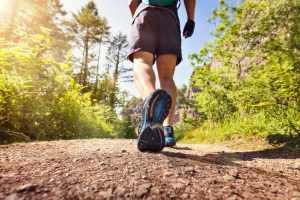 How much should we walk per day?
How much should we walk per day?
Setting daily goals is paramount to improving your health, most phones now carry apps allowing you to track (count) your steps, walking 8000-10000 steps per day as a minimum will improve your health.
As an exercise you may begin with walking for at least 30 minutes as briskly as you can on most days of the week. ‘Brisk’ means that you can still talk but not sing, and you may be puffing slightly. You should be aiming to improve (over time) your walking distances and step counts.
To monitor this, you can use your phone to calculate how many steps you’ve made, this will give you a baseline to improve and maintain targets much easier. It will also allow you to map your improvements over time, so you can see progress in your activities and know when you can increase walking speeds and or distances.
Walking Posture and Technique
Turning your normal walk into a fitness stride requires good posture and purposeful movements. Ideally, here’s how you’ll look when you’re walking:
- Your head is up. You’re looking forward, not at the ground.
- Your neck, shoulders and back are relaxed, not stiffly upright.
- You’re swinging your arms freely with a slight bend in your elbows. A little pumping with your arms is OK.
- Your stomach muscles are slightly tightened, and your back is straight, not arched forward or backward.
- You’re walking smoothly, rolling your foot from heel to toe.
Risks Involved With Walking?
A moderate (brisk) walk each day can greatly improve your health and pose little health risk but, if you have a medical condition, check with your doctor before starting any new exercise program of physical activity.
Daily walking as an exercise can carry a lot of health benefits. Exercise does not have to be harsh and difficult. If it’s too difficult to walk for 30 minutes at one time, do regular small bouts (10 minutes) three times per day and gradually build up to longer sessions.
Things to Consider When Starting a Walking Routine
Always warm up and cool down for exercises to prevent injuries. The best way to warm up is to walk slowly. Start off each walk at a leisurely pace to give your muscles time to warm up, and then pick up the speed. Afterwards, gently stretch your leg muscles – particularly your calves and front and back thighs. Stretches should be held for about 20 seconds. If you feel any pain, ease off the stretch. Don’t bounce or jolt, or you could overstretch muscle tissue and cause injuries, which lead to muscle stiffness and tenderness.
It’s best to dress lightly when you do physical activity. Dressing too warmly can increase sweating and build up body temperature, which can make you uncomfortable during a walk or possibly cause skin irritations. A gradual cool-down will also prevent muscular stiffness and injury.
Walking is a low-cost and effective form of exercise. However, the wrong type of shoe or walking action can cause foot or shin pain, blisters and injuries to soft tissue. Make sure your shoes are comfortable, with appropriate heel and arch supports. Take light, easy steps and make sure your heel touches down before your toes. Whenever possible, walk on grass rather than concrete to help absorb the impact.
Paul M.

